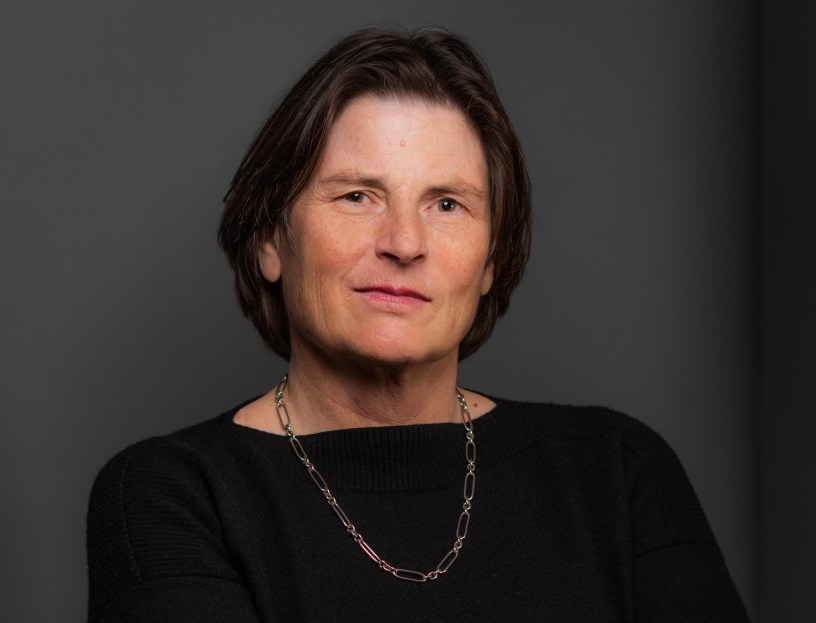Australian Feature Film Summit director Sue Maslin, both a producer and a distributor, argues there is a theatrical future for local features if the industry starts to do business differently.
In March, I attended the Screen Forever conference, which provided the first glimpse of what ‘business as usual’ might look like for screen producers post-COVID. In a packed program spanning three days, there was just one session addressing the theatrical feature business. (One and a half if we count the excellent session on feature documentaries across all platforms, including theatrical).
At the conference, I was asked by a senior executive from one of the regulatory bodies that heavily influences Australian content on our screens: “Is there really a case for Australian feature films in cinemas?”
The Australian Feature Film Summit sets out this case and judging by the 480 creatives, distributors, exhibitors and investors who registered and attended the virtual summit in October 2021, there is considerable support for local features to continue on the big screen.
However, there is no question: the world has changed and the audience has moved on. The marked decline in cinema gross box office this year demonstrates that audiences are slow to return to cinemas, the exception being the obvious studio tentpoles.
And if Screen Forever is any guide, the business has moved on too.
The exponential growth in content on streamers and subscription numbers means it is more important than ever that we clearly identify and communicate the point of difference and value that cinemas and theatrical feature films offer.
For this reason, the theatrical sector is looking closely at how we will do business differently going forward and everything is on the table.
The value proposition for audiences is simply not strong enough unless the films are outstanding, cinematic, good value for money and possibly tied in with event screenings. Australian films cannot compete on the same basis as studio pictures in the absence of meaningful marketing spends, no matter how good the films are. The one-size-fits-all approach to release schedules, where the opening weekend is the sole determinant of whether a film can keep its screens and sessions, mitigates against the longer build time required by local films.
The lack of data available to creatives about what cinema audiences want means we have a development pipeline that bears little or no relationship to the market. Of course, streamers don’t share this data either, but it is vast and sophisticated and informs every commissioning decision they make. Unless we are better informed, streamers will always be ahead of theatrical in terms of customer behavior and information. Exhibitors are the retail end of our business yet they don’t commission and to date have had little or no say in what Australian films get screened until way too late – when the completed film has been offered to them.
There is no denying that this is a high-risk business. The bulk of the 50+ feature films that are produced in Australia each year never find their audiences as a result of our combined failure to address a system that simply is not working. But some films do resonate brilliantly and are backed by passionate distributors and exhibitors. We need more of them to be made each year and this is where the Australian Feature Film Summit comes in.
The summit has one overriding goal and that is to grow the success of the Australian feature film sector and enable all players, including audiences, to benefit from that success.
So let’s take off the gloves and ask the “What if?” questions:
• What if producers could learn more about audience trends and what informs audience choice from those who are closest to it – the exhibitors and distributors?
• What if exhibitors had more ‘invested’, and could be incentivised to improve the performance of Australian films with audiences?
• What if we lobbied together for a major injection of funds so that marketing was given as much priority as film development and production?
• What if Australian films had a preferential set of terms relating to number of screens, sessions and flexible programming that enabled good films to find their audience?
• What if we had a more sophisticated understanding by all parties on the relative risk/reward profiles and how they need to balance against each other going forward? That is, we examine the inversely proportional value chain whereby those who invest early and take the highest degree of risk (producers, equity investors) receive the least reward via recoupment, while those at the end of the chain, the exhibitors, take the least risk yet receive the greatest share of box office on Australian films.
• What if producers, directors and writers thought more deeply about what kinds of projects are suitable for a theatrical release in this new environment?
• And finally, what if we could find more mutually beneficial strategies between streamers and theatrical that led to greater returns for all stakeholders?
I have an enormous amount of hope as all players – exhibitors, producers, distributors and screen agencies – are ready to have those tough discussions and have come together into one space with a joint focus on building the success of the local feature film sector. What’s working? What’s missing? And how can we work together more effectively going forward?
And as for an answer to, “Is there really a case for Australian feature films in cinemas?”
Yes, but not unless we have the guts as an industry to do things differently going forward. If we continue to sit on our hands and revert to ‘business as usual’, the audience will answer that question for us.
The second stage of the Australian Feature Film Summit will be held May 12 at Event Cinemas George Street, with some sessions available to watch online.
This article originally appeared in IF Magazine Apr-May #205. Subscribe to the magazine here.



